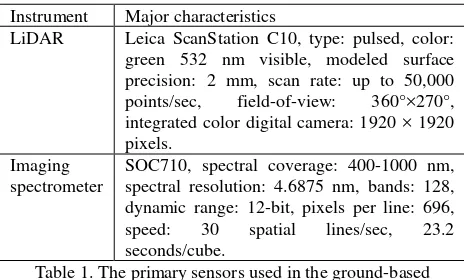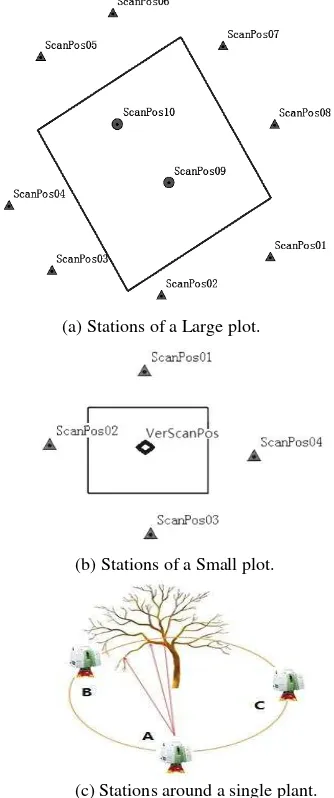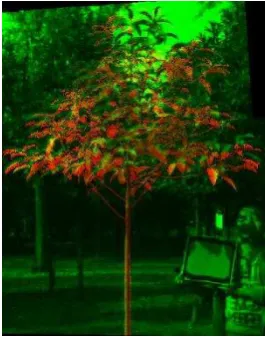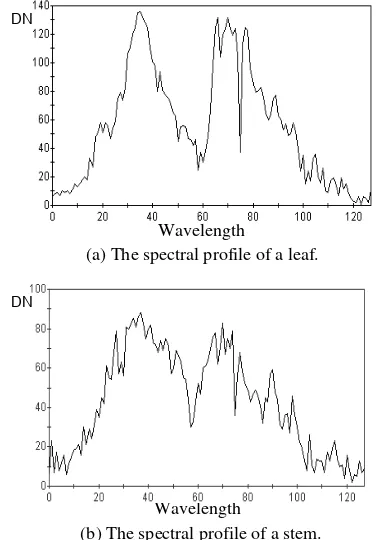isprs annals IV 2 W4 219 2017
Teks penuh
Gambar




Garis besar
Dokumen terkait
The best results were achieved by the Medium-CNN de- signed and trained from the scratch on the fusion of the LiDAR data, closely followed by the fusion of RGB and LiDAR data sets..
In this work, we select suitable hidden polarimetric features derived from the rotation domain according to the criterion of the class separation distance, combine
In order to obtains a distribution to interpret all kind of roughness regions, the paper combining the G0 distribution and Wishart distribution. For multilook polarmetric SAR data,
Our range of residuals segmentation approach, on the other hand, is able to deliver a segmentation result very close to the ground truth segmentation (compare figures 9 and 1).
On the level of data model, the es- sential class of IndoorLocationGML named IndoorLocation asso- ciates with two IndoorGML classes, i.e., CellSpace (Core mod- ule) and
Based on preliminary topological models acquired from a rea- soning process following the method described in Section 4, an optimal parameter estimation using a Gauss-Markov model
In order to evaluate the impacts of the outputs from different segmentation approaches and to find the most suitable method for registration of the MLS sparse point clouds,
Based on the same idea, GQComp (Dai et al, 2009) uses a custom encoding for coordinates, makes provision for spatial and attribute data querying through